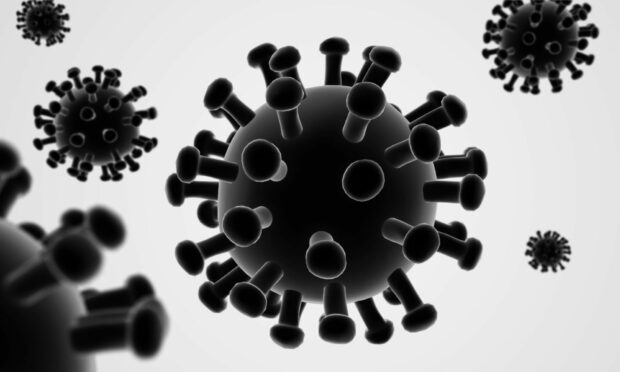The number of Covid-19 cases have skyrocketed across Tayside and Fife in the past month.
Rising rates have meant that on June 28, the latest data available, every neighbourhood in Dundee had a seven day case rate of 400+ per 100,000 population.
Only five neighbourhoods – four in Fife and one in Perth and Kinross – were reporting suppressed numbers, meaning there was between zero and two cases in the seven-day period.
Our interactive maps below show the contrast between the situation in the region at the start of June compared to the end of the month.
June 1 to June 28 comparison
On June 1, coronavirus case rates were already beginning to rise in some places, however many neighbourhoods across Tayside and Fife continued to report no new, or very low, positive cases.
Stobswell in Dundee was the only neighbourhood on June 1 to be reporting a seven-day case rate of 400+ per 100,000 of the population.
Meanwhile, on June 28 the position was very different.
The interactive map below shows huge differences in seven-day rates across neighbourhoods in the region, with the highest case rate given as 1,508.69 per 100,000 population in Whitfield.
On June 1, the highest case rate in the region was Stobswell with 482.18 cases per 100,000 population – over 1,000 cases per 100,000 less than Whitfield had at the end of June.
The number of positive coronavirus cases increasing in the region has also meant that NHS Tayside has begun to see rising hospitalisations, with 36 people in hospital on July 1 – the highest number it has been since February 18.
The situation in Dundee
Dundee has seen the highest increase in cases in Tayside and Fife, with the latest figures showing every neighbourhood in the 400+ bracket, the current highest given.
On June 1, the majority of neighbourhoods in the city were in in the 100 to 199 case rate per 100,000 population, or lower.
Six areas had suppressed numbers due to seven day cases of between zero and two, while nine had a seven day rate of under 100 per 100,000 population.
Meanwhile, the map below shows the same neighbourhoods on June 28.
Five neighbourhoods had a case rate per 100,000 population of over 1,000.
In order of highest to lowest, these were Whitfield, Linlathen and Midcraigie, Fintry, Menzieshill and Caird Park.
On June 28, Whitfield reported 92 new positive cases, while Linlathen and Midcraigie had 62, 71 in Fintry, 48 in Menzieshill and 34 in Caird Park.
Out of every neighbourhood in Scotland, Dundee has four of the top 10 with the highest case rate per 100,000 population as of June 28, the most recent neighbourhood data available.
Hover over or click each bar below to see more information on the area.
